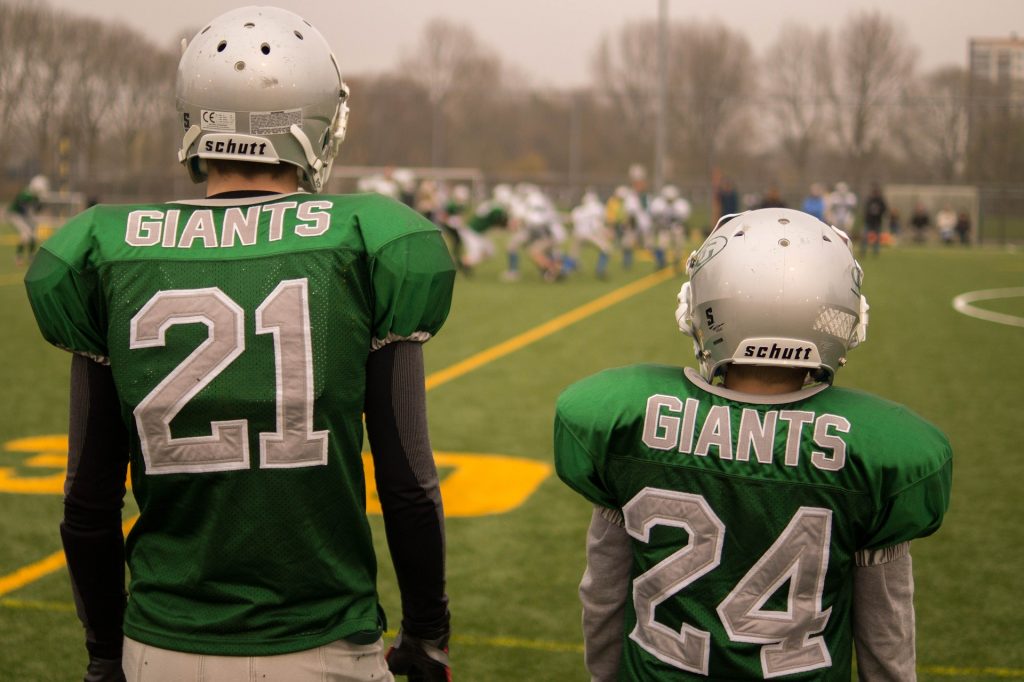 A young boy makes a violent tackle in football, leading with his head. Another teen suffers a brutal cross-check to the head and neck area on the ice in hockey. A teenage girl falls from the top of a triumphant and daring cheerleading pyramid. In each of these instances, a healthy and active young boy or girl can end up paralyzed for life.
A young boy makes a violent tackle in football, leading with his head. Another teen suffers a brutal cross-check to the head and neck area on the ice in hockey. A teenage girl falls from the top of a triumphant and daring cheerleading pyramid. In each of these instances, a healthy and active young boy or girl can end up paralyzed for life.
There’s a concerted effort underway to shine a light on the dangers that sports can pose to young athletes, particularly injuries to the cervical spine, which is the significantly susceptible area between the first and seventh vertebrae that secures the connection between the spinal cord and the brain. Often an injury to this area is not easily recognized by teammates, coaches, and trainers. An unsound move could lead to long-term damage to the spine, resulting in paralysis.
According to the American Association of Neurological Surgeons and the National Athletic Trainers’ Association, the following sports injuries suffered by players in the head and neck area range from mild to deadly:
- Stingers are a temporary neurological injury caused when the head or neck rapidly jolt to one side. A burning or stinging sensation travels down the arm and is often followed by numbness. This occurs most often in contact sports, such as football, hockey, and wrestling.
- Sprains and strains are a sudden distortion or jamming of the neck. It is a whiplash-like injury that can result in contact sports, or a fall from a high distance, such as in cheerleading.
- Ruptured or herniated disk is a tear in the disks between vertebrae that can contract nerves and cause pain and numbness. This can occur from a fall or from over-straining and misusing back muscles, such as in weight lifting.
- Fractured vertebrae: is a break in one of the vertebrae in the cervical spine (neck), which can cause lasting damage to the spinal cord and possibly paralysis. This is most common in football and rugby.
In each of these instances, immediate diagnosis and treatment are of the utmost importance.
It is clear that competitive sports at the high school level and beyond carry with them a certain understanding that the sports themselves can be dangerous and pose a risk to the athletes who participate in them. However, all who engage in sports understand that the health and safety conditions that surround the competition should not be compromised, especially when it involves our children. If you believe that you or your child has been the victim of negligent behavior, please call the Texas child injury attorneys at Crowe Arnold & Majors, LLP at (214) 231-0555 for a free consultation.





